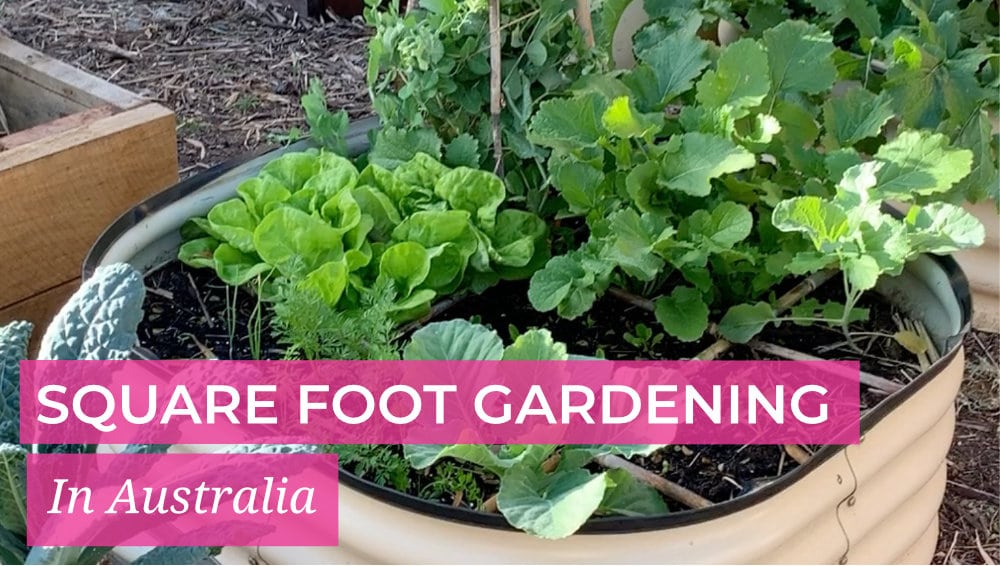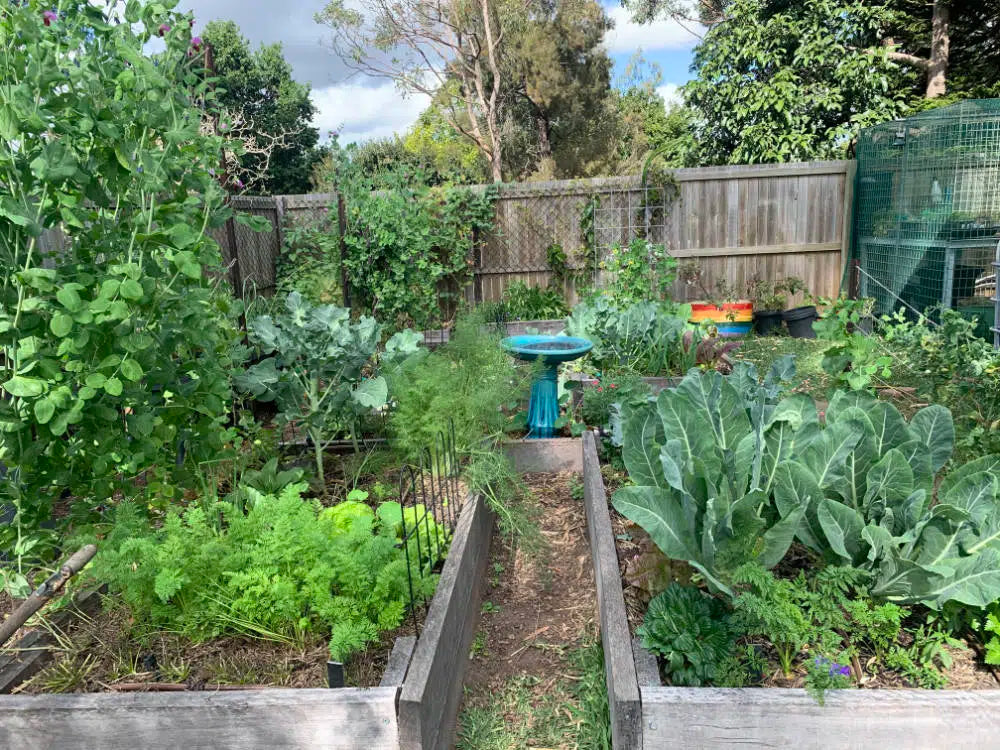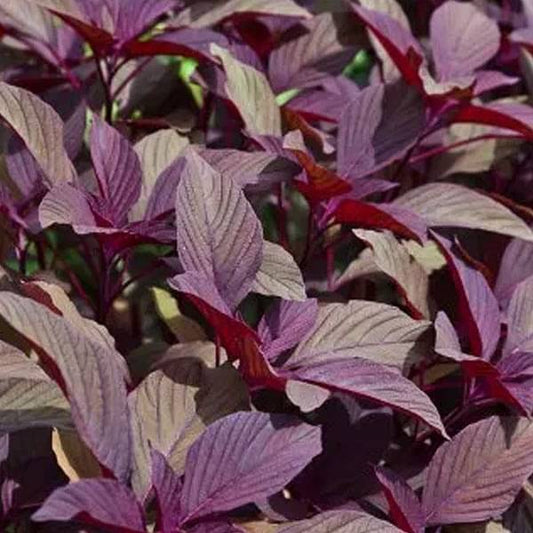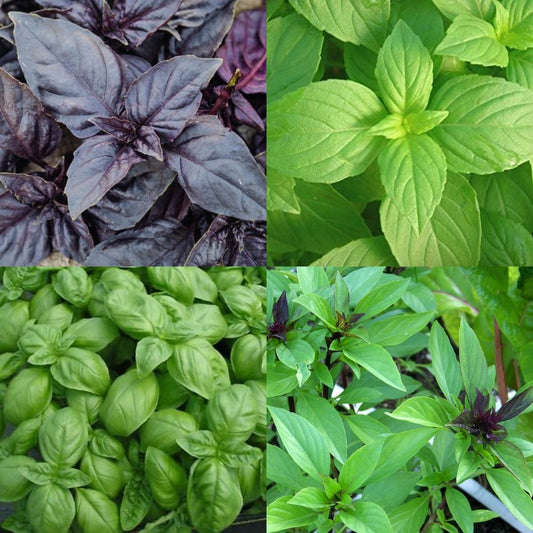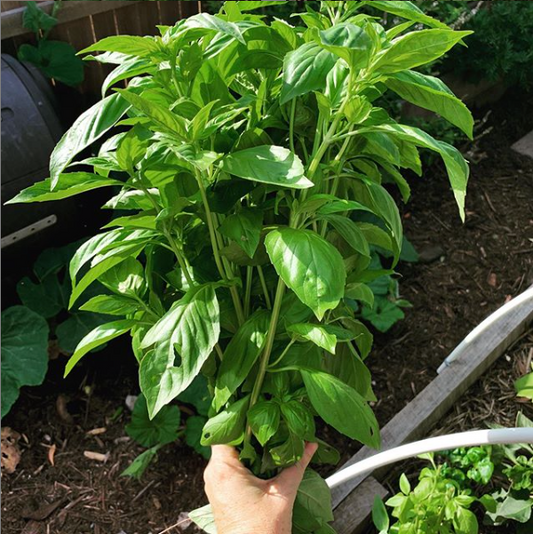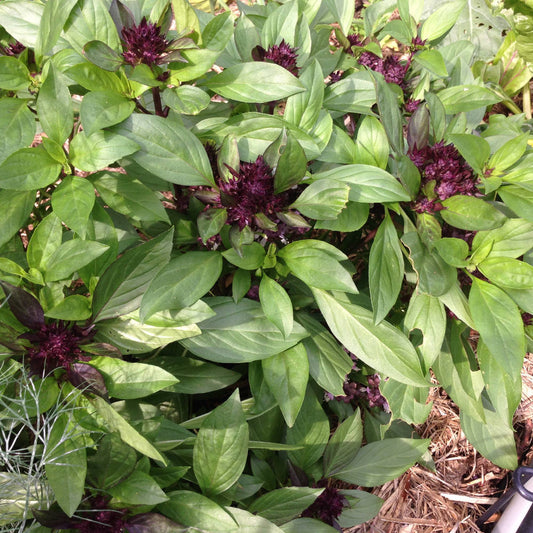Square foot gardening is an intensive gardening technique very popular in the US and UK. The technique was first introduced by Mel Bartholomew. The basic concept is breaking your garden beds up into squares - usually 30cm by 30cm and then working out how many plants will fit within that grid. For example in a 30cm x 30cm block you may fit 4 lettuce plants or 16 radishes.
The original concept relied heavily on peat compost. Which is the organic matter harvested from peat bogs that are millions of years old. This is an incredibly unsustainable product which I am actually not sure you can get anymore, especially in Australia, but as you can imagine this peat storing nutrients over the years is pretty impressive stuff for growing food. The modern way is now to use good quality soil mix with plenty of good quality compost and coco coir.
Pros of square foot gardening
- You can fit a lot in
- You don’t have to harvest everything at once
- It appeals to those who love ordered rows and need guidelines to follow
Cons of square foot gardening
- It may feel restricting to some
- Sometimes the plants don’t read the square foot rules and will move over into other zones or shade out others
- If you want to plant bigger plants you need to pull up your grid
What you need to set up a square foot garden
The most important thing for Intensive gardening is having a really good quality soil mix with plenty of organic matter and coco coir for water retention (Dirt lovers can access my exact recipe here for square foot gardens).
You’ll need a garden bed that can easily be divided into the 30cm squares with a minimum of 20cm in height. Our go to for square foot gardening is the Birdies 90cm beds. You will and also need materials to make the guides. Guides can be made from bamboo, wooden dowels or even string. Traditionally those who use wooden beds will use battens and actually nail them to the garden bed. Once you have a hang of it you may not even use guides, or instead use irrigation drip line instead.
Planting in your Grids
Plants fall into either the following configurations. Over time I have also learned that the general spacing recommendation is not exactly perfect. Some plants can shade other plants out so again it’s not exactly 100% foolproof and you need to make your own observations.
Extra Small – 16 per square (4×4)
- Carrots
- Spring Onions
- Radish
Small – 9 per square (3×3)
- Beetroot
- Turnip
- Swedes
- Parsnip
- Leeks
- Baby Bok Choy
- Bush Beans
- Spinach
- Garlic
- Coriander
Medium – 4 per square (2×2)
- Rocket
- Lettuce
- Asian Greens
- Celery
- Corn
- Fennel
- Chives
- Kohlrabi
- Thyme
- Swiss Chard/Silverbeet
- Parsley
Large – 1 per square
- Broccoli
- Brussel Sprout
- Cabbage
- Cauliflower
- Chilli
- Capsicum
- Kale
- Oregano
- Rhubarb
- Rosemary
- Tarragon
Outside the squares
Some plants do require more space than the 30cmx 30cm square.
4 squares (planted in the middle of the 4 squares)
- Tomatoes
- Eggplant
- Water Melon
- Rockmelons
- Pumpkins
9 squares
- Zucchini
Succession planting in a square foot garden
Traditionally you pull your plants and top your square up with new compost. After harvest I will chop (instead of pulling) and drop any remnants of the plant that I don’t eat and top up with my soil mix.
When square foot gardening will work for you
Although I am not a complete square foot gardener, I have found learning it helpful just to get my head around spacing of plants. Particularly when planting via seed in trays and then transplanting out, just knowing off the top of my head that I can fit 4 lettuce plants in a 30cm square saves me going back and digging out the seed packets.
The other real benefit is if you’re low on space, you want to fit a lot of variety in and always have continual harvests, it’s a really great place to start.
If you want to view the full video tutorial on how we setup a square foot garden with the tweaks I’ve made to make it work in the Australian Climate, Dirt Lovers can head on over here. You can join us at Dirt Lovers here.
I’d love to know if you’ve tried square foot gardening and has it worked for you, leave a comment below.

